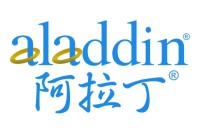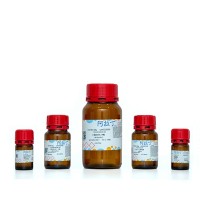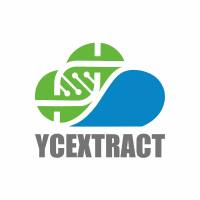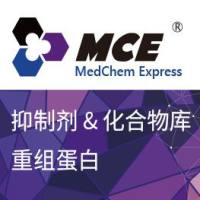Evaluating Dietary Compounds in Pancreatic Cancer Modeling Systems
互联网
542
With the establishment of outstanding rodent models of pancreatic neoplasia and cancer, there are now systems available for evaluating the role diet, dietary supplements, and/or therapeutic compounds (which can be delivered in the diet) play in disease suppression. Several outstanding reports, which demonstrate clear inhibition or regression of pancreatic tumors following dietary manipulations, represent a noticeable advancement in the field by allowing for the contribution of diet and natural and synthetic compounds to be identified. The real goal is to provide support for translational components that will provide true chemoprevention to individuals at higher risk for developing pancreatic cancer. In addition, administration of molecules with proven efficacy in an in vivo system will screen likely candidates for future clinical trials. Despite this growing enthusiasm, it is important to note that the mere one-to-one translation of findings in rodent models to clinical outcomes is highly unlikely. Thus, careful consideration must be made to correlate findings in rodents with those in human cells with full disclosure of the subtle but often critical differences between animal models and humans. Additional concern should also be placed on the approaches employed to establish dietary components with real potential in the clinic.
This chapter is focused on procedures that provide a systematic design for evaluating dietary compounds in cell culture and animal models to highlight which ones might have the greatest potential in people. The general format for this text is a stepwise use of fairly well-known approaches covered briefly but annotated with certain considerations for dietary studies. These methods include administration of a compound or a diet, measuring the cellular and molecular effects (histology, proliferation, apoptosis, RNA and protein expression, and signaling pathways), measuring the level of certain metabolites, and assessing the stability of active compounds. Though this chapter is divided into in vitro and in vivo sections, it is not an implication as to the order of experiments but an endorsement for utilizing human cells to complement work in a rodent modeling system. The notion that cell culture can provide the basis for further in vivo work is an attractive starting point, though the lack of a response in a single cell type should not necessarily prevent diet studies in rodents. The advantage of cell culture over animal models is the human origin of these cells and the ease and directness of manipulating a single cell type (particularly when exploring mechanism of action in that cell). Of course, the full effect of a diet, diet supplement, or therapeutic can only be wholly appreciated in an intact living organism with similar anatomical and physiological relevance. Thus, both approaches are considered in this chapter as each can provide unique strengths to determining the effectiveness of various dietary compounds or supplements on pancreatic neoplasia and cancer.









